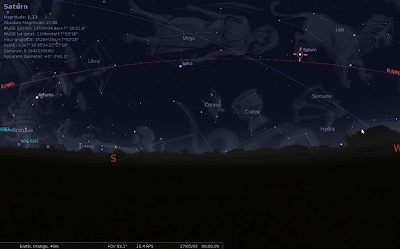

Taking photos at night can be difficult as there isn’t much light coming into the camera but it’s easy when you know how! Hopefully now you should see the star on the screen, if you can’t see the star try increasing the ISO to around 1600 and the shutter speed to around 15seconds. Use the live view LCD screen as it is easier to see. The best way to do this is to zoom right out with the lens to get a wide view (don’t forget to take automatic focus and flash off), point the camera at the brightest star you can see. The first thing you need to do is get a good focus. Now set the camera on the tripod and change the setting to Manual shooting.
The light pollution will drown out the Milky Way and if bad it may not be visible at all. Either way you will end up with a great image! Ensure you don’t have too much light pollution where you plan to take the image from, if you have, it is a good idea to get to somewhere darker. You could try and get other objects in the photo with the Milky Way rising from behind them or you could just aim up and image the Milky Way on its own. This is where you get artistic, think about how the final image will look and what you want your overall image to look like. That the Moon isn’t going to ruin your image (if the Moon is bright it will drown out the Milky Way) Memory card is in the camera (yes, seems obvious but we have made this error before)! DSLR camera (so you can manually change the settings) but a decent point and shoot Camera should work tooĪ tripod to keep the camera steady (for long exposure photography this is a must, otherwise the image will be blurred)


 0 kommentar(er)
0 kommentar(er)
